Rupture of the bladder: symptoms, treatment
About two percent of cases of abdominal operations are performed on bladder ruptures. This organ is rarely damaged due to the protection of the pelvic bones.
The bladder is a hollow organ in which urine accumulates after the blood is purged by the kidneys. Emptying the bladder occurs by creating pressure on the muscles of the walls of the bladder. This opens the urinary tract, through which the urine is excreted.
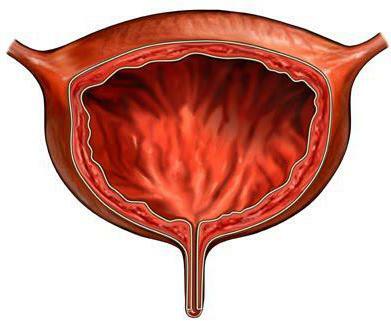
From damage, an empty organ is protected by pelvic bones, but when overflowed, the tip of the bladder protrudes past the border of the pelvis upwards. This place is vulnerable and can be torn when injured.
Causes of damage to
Bladder rupture occurs most often as a result of trauma. This phenomenon can be observed with penetrating wounds with cold or firearms, as well as with serious pelvic fractures, when the probability of damage to the bladder by bone fragments is high. Such situations are observed as a result of an accident, when falling on the stomach.
Rupture of the bladder can occur with medical interventions. For example, catheterization, cystoscopy, endoscopy can lead to a rupture. Sometimes a rupture of the bladder occurs during delivery.
The cause of the rupture may be an infection, which leads to a violation of the outflow of urine. Most often this variant of development of the disease is observed in men with prostatitis, when the inflamed prostate gland transmits the urinary duct and urine accumulates in the bladder causing stretching and then breaking its walls.
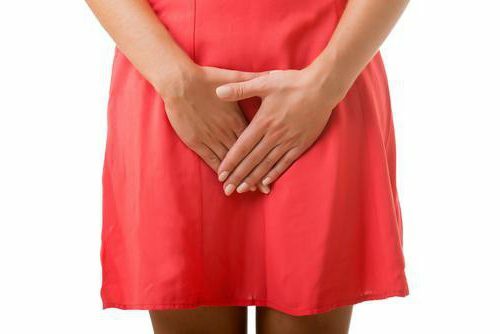
Symptoms of
Symptoms of rupture of the bladder are divided into closed and open. The first type is manifested:
- bloating;
- urine accumulates in the abdominal cavity;
- pain in the lower abdomen, which after a few hours diverges throughout the abdomen;
- blood in the urine;
- urination in small portions;
- after a while, there are symptoms of peritonitis.
With extraperitoneal rupture of the bladder, there is hematuria, pain in the pubic region, and urge to urinate.
With an open type of damage to the bladder, soreness is observed throughout the abdomen. Because of the onset of pain, patients note the tension of the abdominal muscles, complain of urinary retention. When you try to go to the bathroom, pain appears, and a portion of urine is stained with blood.
When the bladder ruptures, the patient feels a shock. When injuries caused by debris, hemorrhage can occur in the pelvic floor. With such a trauma, the doctor removes all the fragments, and also establishes drainage for the outflow of blood and urine trapped in the cavity.
With extraperitoneal ruptures above the pubis can be observed infiltration. A few days later, a purulent inflammation appears on the skin that involves the tissues of the perineum, thighs, scrotum, and lower abdomen into the pathological process. When the disease develops, the symptoms of intoxication increase. The patient has an increase in body temperature, tachycardia.

Diagnosis
When a patient is examined, if there are no injuries, a history is mandatory. From him, the doctor can assume an organ trauma. For example, a man who has a history of chronic prostatitis or who has had pain in urinating can apply to a doctor. This indicates prostatitis, which can lead to a bladder injury.
At the reception the doctor must specify when and what symptoms the pathology began. This may be a violation of urination, severe or mild pain. It is necessary to specify, what medical procedures and when were conducted. Sometimes the cause of the rupture is improperly performed catheterization of the bladder, some types of diagnosis.
The delivery of urinalysis is mandatory. If there is blood in it, a preliminary diagnosis can be made. Finally, the bladder rupture is revealed after instrumental examination methods.
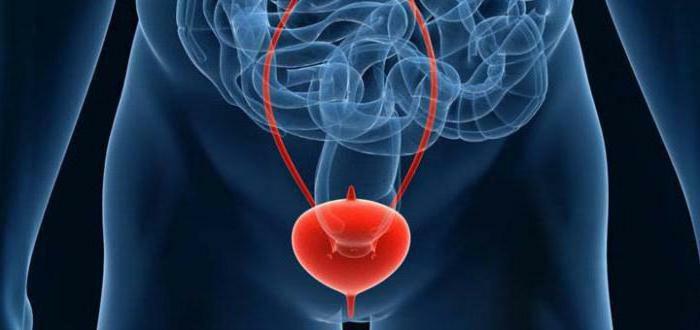
In order to diagnose, the doctor relies not only on complaints and clinical manifestations, but also on the data of cytoscopy, cytography and other methods of examination. To determine the rupture of the bladder, a contrast agent is injected inside. A few minutes after its application, X-rays are made.
By appointment, a patient may be given a CT scan. It allows you to get a three-dimensional image of the body, as well as see exactly where the damage is located, set the length of the gap.
Types of gaps
Diagnostics allows you to determine the type of rupture. It can be intraperitoneal, extraperitoneal, penetrating or combined extraperitoneal and intraperitoneal damage.
With intraperitoneal rupture of the urinary bladder, urine can lead to peritonitis. This is due to the fact that urine enters the abdominal cavity, which causes a complication. To delete it, an emergency operation is assigned. The doctor makes an incision on the anterior wall of the peritoneum, through which the place of rupture is sutured, and all the urine that has entered the cavity is removed. After the operation, the patient walks with a catheter through which the urine outflow from the damaged organ occurs. This is necessary in order that all the places of damage managed to heal.
With an extraperitoneal lesion, the rupture is seen from the side or on the bottom of the organ. Signs of rupture of the bladder - the appearance of blood in the urine. Usually this type of injury occurs when the catheter is not properly matched.
Sometimes a penetrating wound that requires surgery is brought to the trauma. In this form, the adjacent tissues and organs are usually damaged.
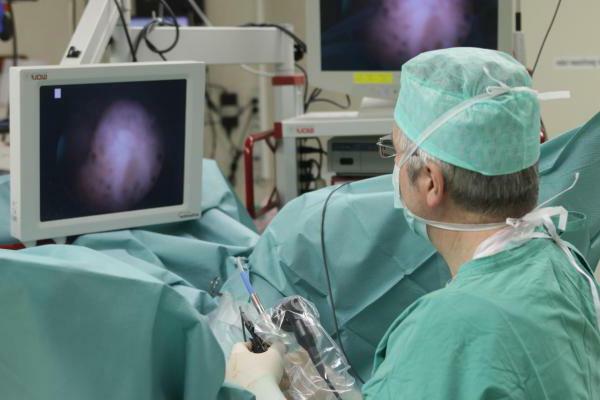
Possible complications of
Consequences of a bladder rupture are similar in different cases. Most often, trauma leads to peritonitis and osteomyelitis. Fistulas are observed less often, ulcers are formed, skin integuments are broken.
When the rupture occurs, internal bleeding occurs. It can lead to a decrease in pressure, an increase in heart rate. If there is no timely treatment, the pathology can lead to death.
Bubble damage leads to the penetration of microorganisms into tissues and organs located near the bladder. Because of the development of pathogenic microflora, there are symptoms of inflammation of pelvic bones, peritonitis, fistula, anemia increases. With timely access to a doctor, you can hope for a positive result of treatment.
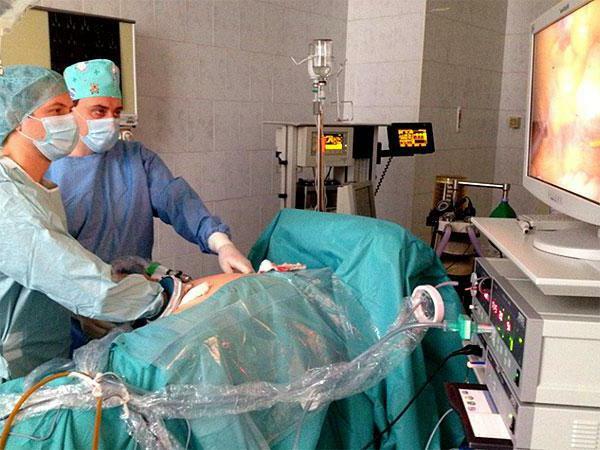
Prevention
Most often, the gap occurs when the lower abdomen is injured. To avoid damage to the bladder, you should guard against situations in which the lower abdomen can be traumatized. It is also necessary to contact the doctor in time when you have pain when you urinate.
Treatment methods
Bladder rupture treatment can be of two types: operative and non-operative. Conservative treatment is prescribed for minor bruises, bumps.
An operative method is prescribed if another treatment method does not produce the desired result. Surgical intervention is accompanied by a cut of the abdominal wall, through which the injury site is stitched. Next to the affected organ, drainage is installed, along which urine and blood flow away.
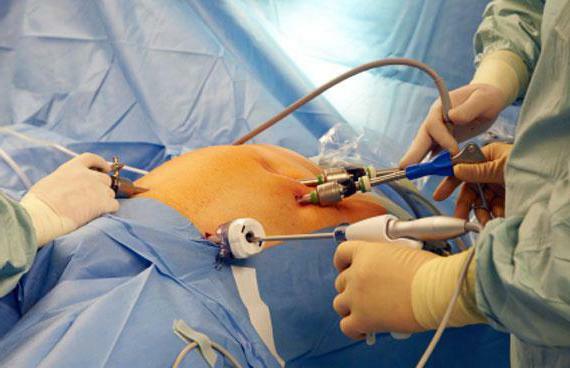
Diet
Treatment of a rupture requires a power adjustment. The patient is forbidden to eat fatty, fried, spicy, salty foods. Also, do not eat foods that cause increased urine output from the body. From the diet completely exclude alcohol, sweets, flour dishes. Preference is given to light foods, best of all plant origin.
Failure to follow a diet can cause pain, joint discoloration, and suppuration. To prevent this from happening, you must strictly monitor the food during rehabilitation.
After the bladder rupture, the healing process lasts about ten days. At this time, the patient is put a catheter, providing a normal outflow of urine. After healing of the bladder, the patient can return to his normal lifestyle. Usually in a month people can gradually enter into the diet favorite dishes, drink drinks. In two months from the gap there will be no trace. In a year, the place of surgical intervention on the surface of the abdomen will be invisible.
